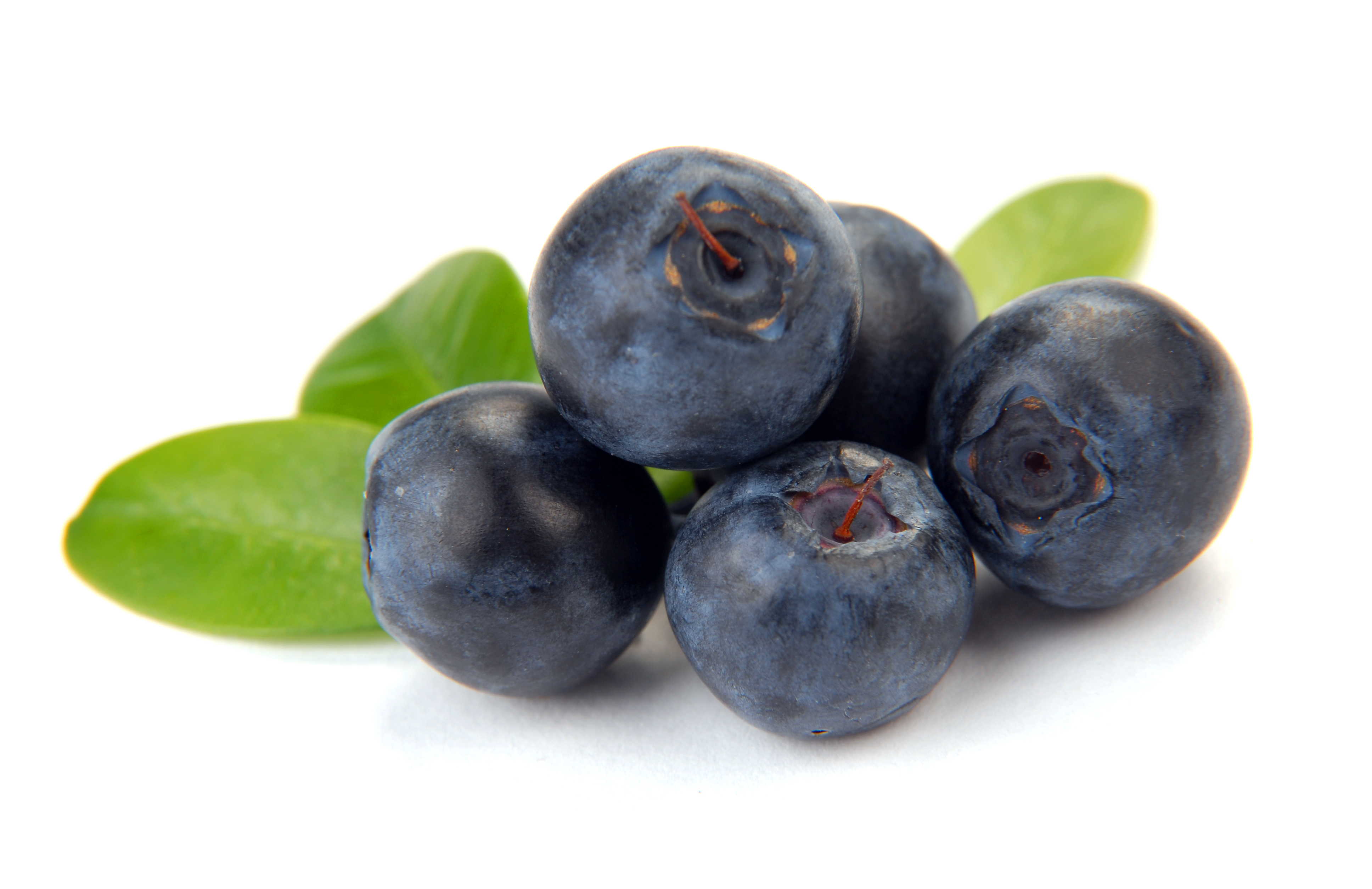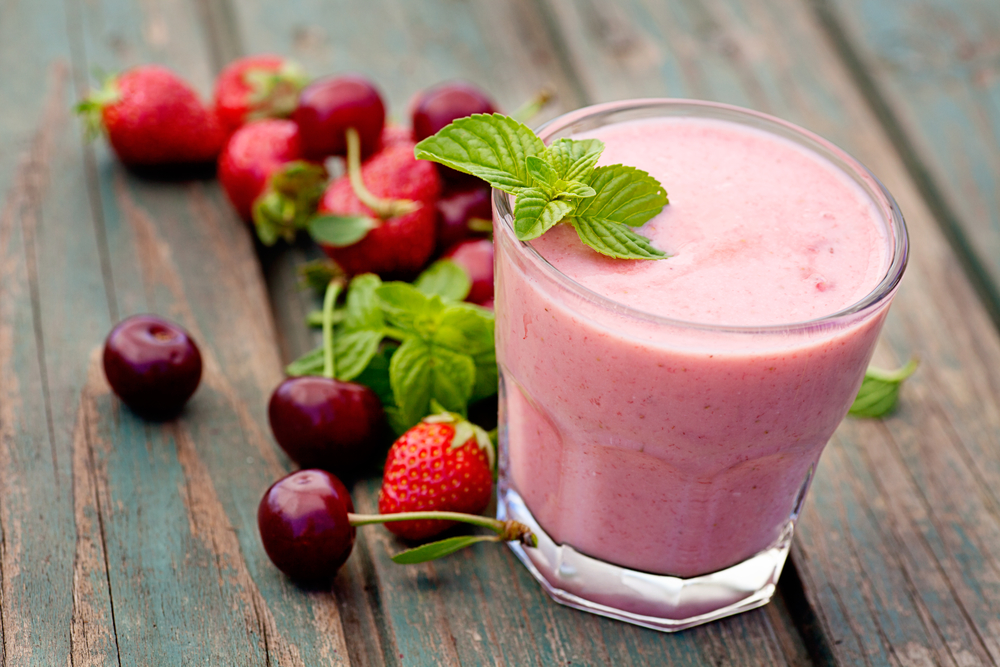A tangy condiment, loaded with healthy probiotics!

Discard outer leaves of cabbage.

Cut the cabbage into quarters and then chop each quarter into slices and place into a large mixing bowl, adding a pinch of salt each time.

Massage the salted cabbage with your hands for 5-10 minutes, until it becomes limp and moist.

Tightly pack the cabbage into a canning jar and push down with your fist or a spoon. Add any extra cabbage juice from the bowl into the jar.
Weight the cabbage down by placing a small jar filled with stones or water on top of your mixture.
Cover the jar with a kitchen towel or cheesecloth and use a rubber band to keep it in place.

Over the first 24 hours, press the cabbage down occasionally.
After the first 24 hours, the cabbage should be submerged in its liquid. If not, make brine (1 tsp salt to 1 cup water) and add enough to cover the cabbage completely.
Let the cabbage ferment for 3-14 days at room temperature and check it daily for desired taste. Any later of bubbles or foam can be skimmed off during fermentation or after it's done. If you see mold, remove it immediately.
Watch for color changes in the cabbage, from a deep purple to pink (for red cabbage) or green to yellow (for green cabbage). After about 5-6 days, I start smelling and tasting the cabbage to see if it is done. When it is tender and tangy, it is ready, usually after about 7 days.
Store in the refrigerator and enjoy!
*Adapted from the Institute for Integrative Nutrition 2014, 2015
This recipe is Optavia "Lean & Green" approved. If you have any further questions, contact Optavia coach, Megan Reilly at mreilly519@gmail.com

Ingredients
Directions
Discard outer leaves of cabbage.

Cut the cabbage into quarters and then chop each quarter into slices and place into a large mixing bowl, adding a pinch of salt each time.

Massage the salted cabbage with your hands for 5-10 minutes, until it becomes limp and moist.

Tightly pack the cabbage into a canning jar and push down with your fist or a spoon. Add any extra cabbage juice from the bowl into the jar.
Weight the cabbage down by placing a small jar filled with stones or water on top of your mixture.
Cover the jar with a kitchen towel or cheesecloth and use a rubber band to keep it in place.

Over the first 24 hours, press the cabbage down occasionally.
After the first 24 hours, the cabbage should be submerged in its liquid. If not, make brine (1 tsp salt to 1 cup water) and add enough to cover the cabbage completely.
Let the cabbage ferment for 3-14 days at room temperature and check it daily for desired taste. Any later of bubbles or foam can be skimmed off during fermentation or after it's done. If you see mold, remove it immediately.
Watch for color changes in the cabbage, from a deep purple to pink (for red cabbage) or green to yellow (for green cabbage). After about 5-6 days, I start smelling and tasting the cabbage to see if it is done. When it is tender and tangy, it is ready, usually after about 7 days.
Store in the refrigerator and enjoy!
*Adapted from the Institute for Integrative Nutrition 2014, 2015
This recipe is Optavia "Lean & Green" approved. If you have any further questions, contact Optavia coach, Megan Reilly at mreilly519@gmail.com



